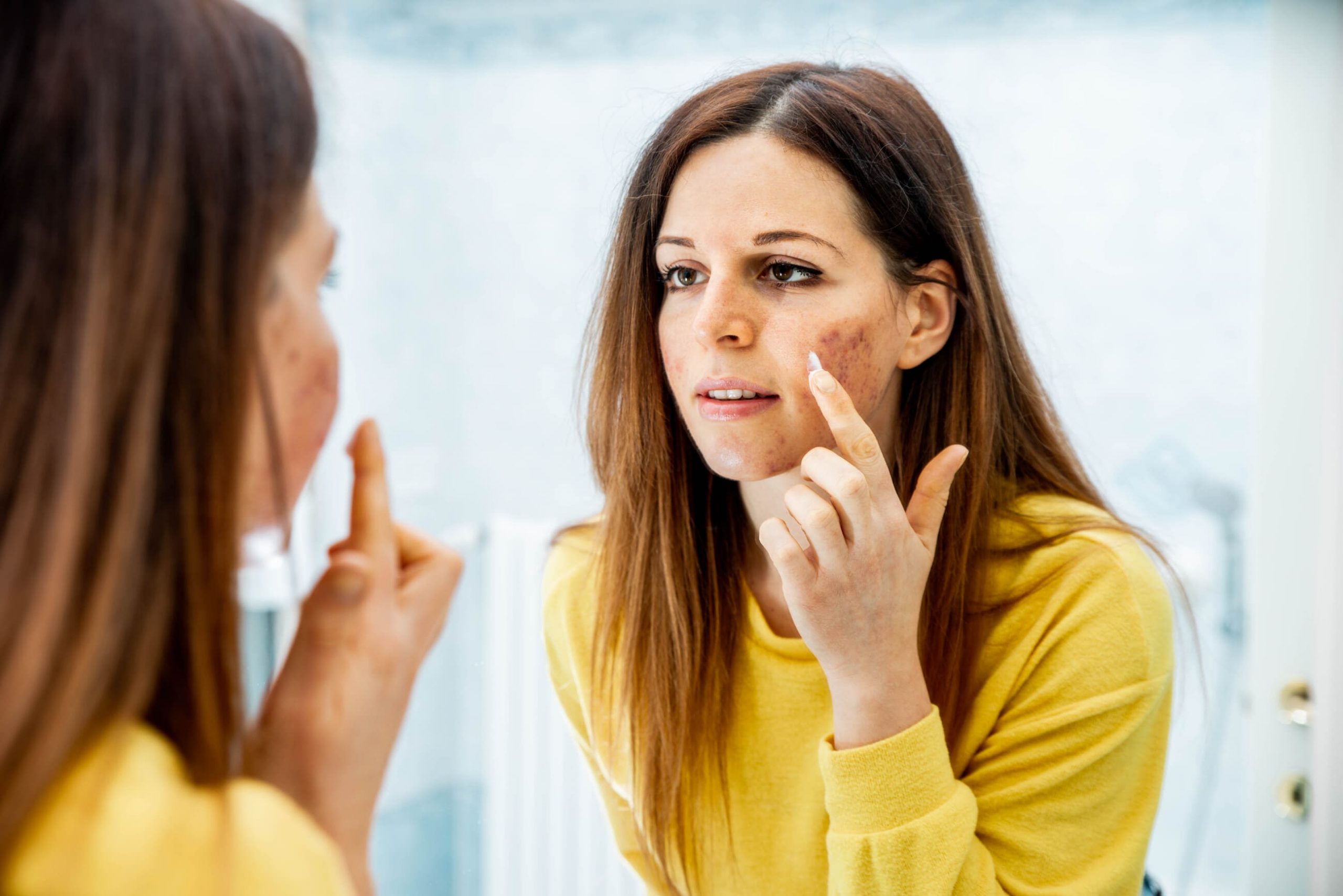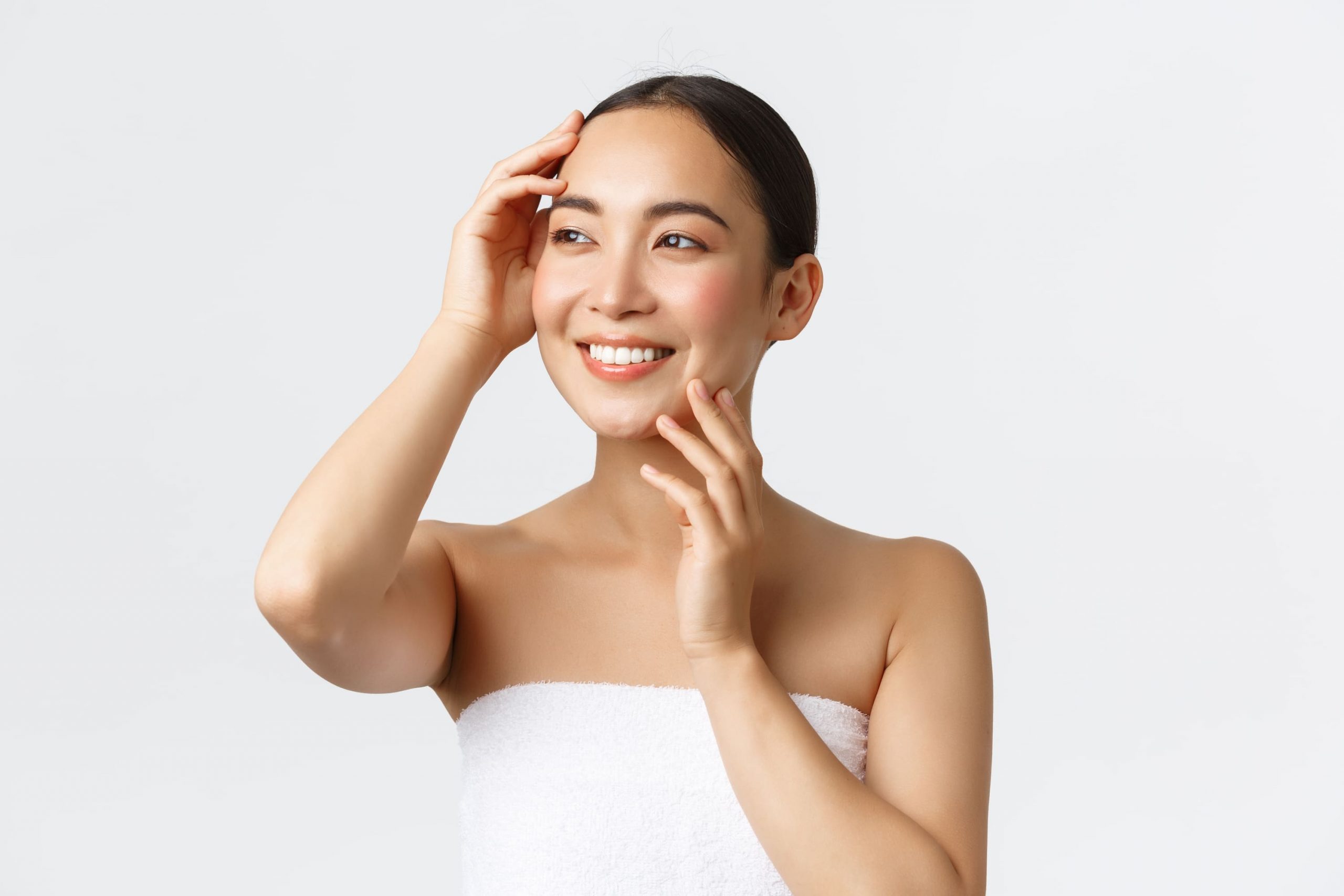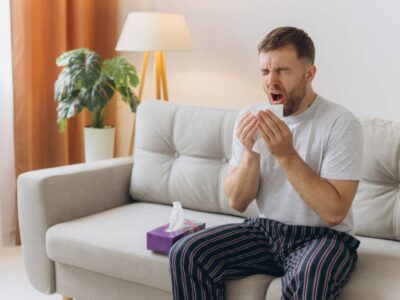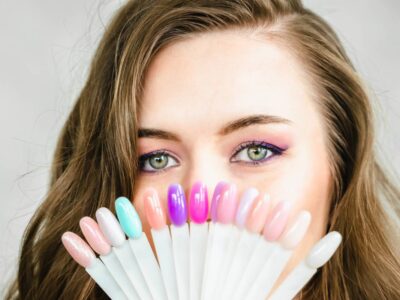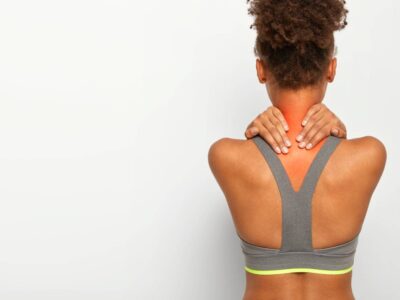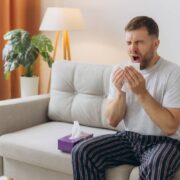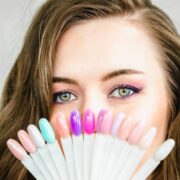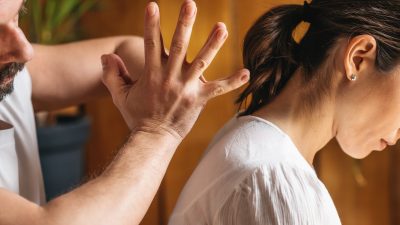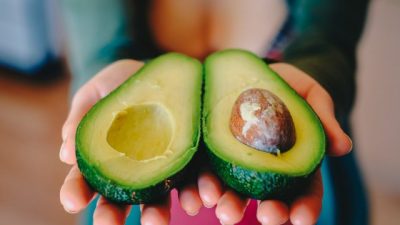Acne is one of the most common skin conditions in the world, affecting up to 85% of adolescents and young adults. But it isn’t limited to teenagers – adult acne can occur at any time, especially in females, even if they didn’t have teenage acne.
What Is Acne?
Acne is not a cosmetic condition, but a chronic inflammatory disease, and can be anything from clogged pores (also called comedones, which can be open (blackheads) or closed (whiteheads), papules (small red bumps on the skin) and pustules (like papules but filled with pus) to very large, painful, inflamed and swollen nodules and cysts (‘blind pimples’). Redness, hyperpigmentation, scarring, and pain are also common.
There is no such thing as mild acne – all acne can and should be treated, especially if it makes you feel self-conscious or anxious. Acne and the dark marks it leaves behind (post-inflammatory hyperpigmentation, PIH) can make it difficult to enjoy life fully.
Acne Treatment Options
Are you using the right treatment cream for your acne? From over the counter (OTC) remedies to custom formulated prescription treatments, there are a number of ways to treat and prevent acne from returning. The clinically formulated treatments can be found through telehealth providers whose doctors can customise the best acne treatment product for you – one that targets all the acne-causing pathways to help you manage acne (and PIH at the same time). Let’s take a closer look at the different types of acne and their treatments.
Whiteheads
Whiteheads, also known as closed comedones, happen when pores are clogged along their entire length. The head of the pore is closed, creating a little white bump on top of the skin. It’s important to note that whiteheads can’t be removed or fixed by squeezing them, so don’t try to pop them on your own, you may end up with scarring.
Treating whitehead acne can be done by using an OTC treatment to unclog pores. There are many treatments for this type of acne including benzoyl peroxide, salicylic acid, and retinoids. Examples include retinol, adapalene (Differin), and tretinoin (Retin-A). Retinoids help clear acne by unclogging pores that are full of oil and dead skin cells. The American Academy of Dermatology considers retinoids to be “the core of topical therapy for acne”.
Blackheads
Known as open comedones, as the head of the pore remains open while the rest of the pore is clogged. Blackheads can be removed by squeezing, although we don’t recommend it once again because it can cause scarring.
Treatment options for blackheads are the same as treatments for whiteheads. Try to avoid using pore strips to pull out blackheads as they are an abrasive, temporary fix that can damage the top layer of your skin, making acne worse.
Papules
These small red bumps, that don’t contain pus, form when oil or excess skin cells block a pore and mix with bacteria called Cutibacterium acnes or C. acnes. When the contents of these blocked pores spill out, the bacteria to escape into the surrounding skin tissue, creating an inflamed lesion.
OTC benzoyl peroxide treatments may be effective for treating papules (and other forms of inflammatory acne) because of its antibacterial activity. Dermatologists may prescribe a topical retinoid, antibiotics, or birth control pills (for women whose acne aligns with their menstrual cycle) to help combat inflammatory acne. Antibiotics may help get rid of C. acnes bacteria, and birth control pills can help reduce oil production by decreasing androgen (male sex hormones that are found in both men and women) levels, as they can increase the production of oil on your skin.
Pustules
Pustules are small bumps with a white centre and red, inflamed skin surrounding them. They are usually found in clusters on the chest, face, or back. Pustules form when a blocked pore becomes infected, but they can also be caused by hormonal changes in the body. They are similar to papules, except pustules contain pus.
Popping pustules may cause the bacteria to spread, so don’t try to pop or squeeze them. Only your doctor can safely drain pustules. The same OTC and prescription treatment options used for papules apply to pustules. Antibiotics are almost always recommended in order to get rid of the bacteria-filled pus.
Nodules
These skin-coloured or red bumps are found under the skin’s surface. Nodular acne is usually a result of the C. acnes bacteria causing a deep and often painful infection within the pore. As OTC treatments work on the skin surface, they aren’t as effective for nodular acne. Most often you will find salicylic acid and benzoyl peroxide: the first is a keratolytic, which means it exfoliates dead skin that lines the pores and the outside of the skin to help reduce clogging, the second helps reduce inflammation and kills off P. acnes bacteria and reduce oil production.
A dermatologist can help you clear acne nodules with prescription-strength benzoyl peroxide or salicylic acid, antibiotics, retinoids, or birth control pills (for women). If medications don’t work, your doctor may drain the nodules by hand or use a laser or chemical peel, a process that removes the outer layer of skin.
Cystic Acne
Cystic acne is the most severe form of acne and is the result of an infection deep within the skin. Acne cysts are large, red, inflamed, painful, and pus-filled. Cysts are softer than nodules because they are pus-filled and often burst, leading them to infect the surrounding skin.
Cystic acne can be treated with medications like isotretinoin (an oral retinoid), antibiotics, topical retinoids, birth control pills (for women), or spironolactone. You may require multiple medications to get rid of cystic acne, and even injecting stubborn cysts with steroids in order to treat them directly and reduce inflammation.
Final Say On Acne Treatment Creams
While there are many ways to treat the different types of acne with over the counter creams, you will not see the same results that you would get if you were clinically prescribed acne cream from a doctor or dermatologist.


